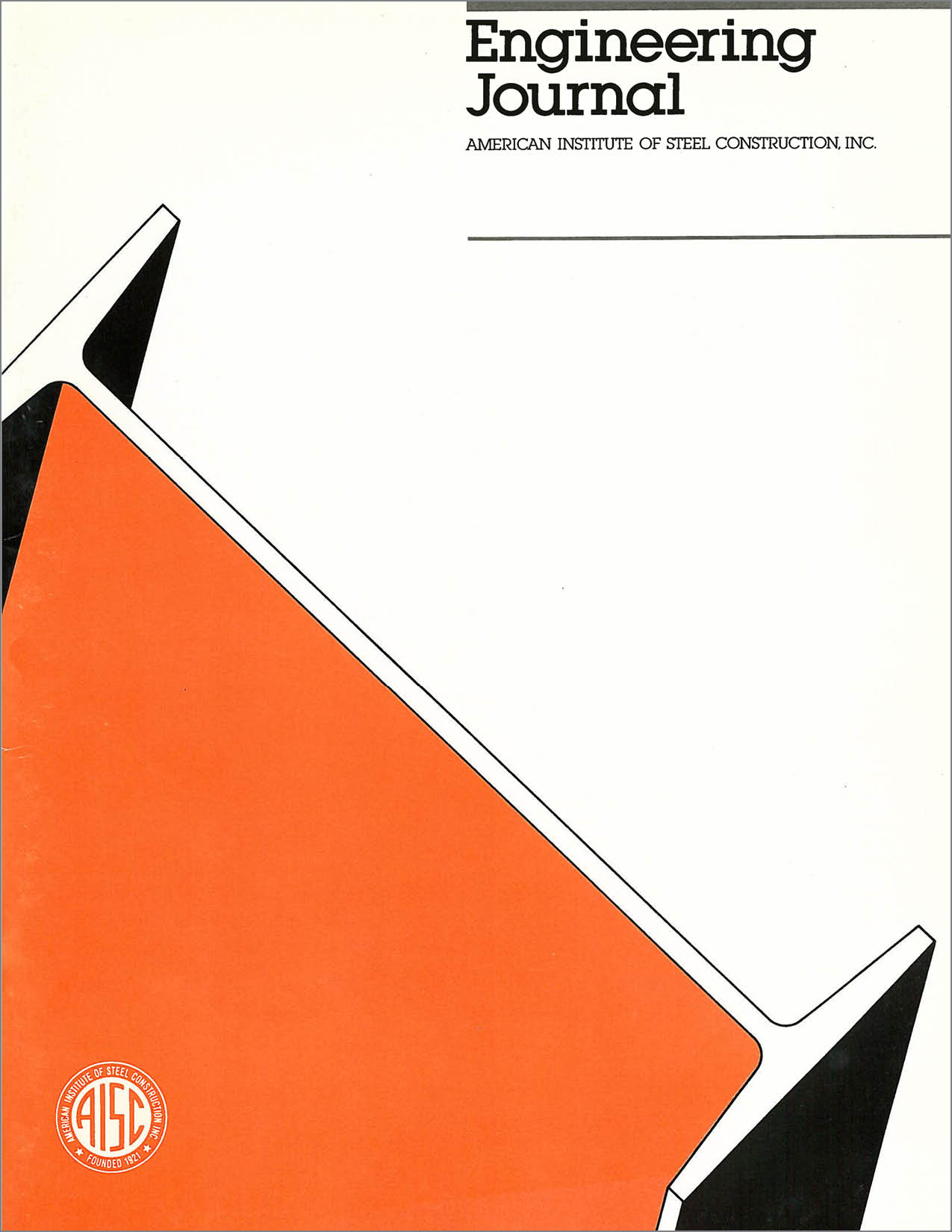The Economies of LRFD in Composite Floor Beams
DOI:
https://doi.org/10.62913/engj.v24i2.484Abstract
The AISC Load and Resistance Factor Design (LRFD) Specification represents the state-of-the-art approach in the U.S. for routine structural steel design. Based on a reliability, ultimate strength theory, use of the LRFD Specification may have an economic advantage over the current 8th Edition AISC Manual of Steel Construction, Allowable Stress Design (ASD) Specification. An economic advantage of reduced weight of building elements, while meeting all strength and serviceability requirements, is sure to exist. One major building element where the full economy of LRFD could be realized is in composite floor beam construction. A comprehensive study is thus warranted. The purpose of this paper is to report the findings of an in-depth comparative design study between the recently published LRFD and the established ASD Specifications for simply supported composite floor beams. The results are based on a direct beam weight comparison of over 2,500 composite beam designs and shear stud requirements using A36 steel.

